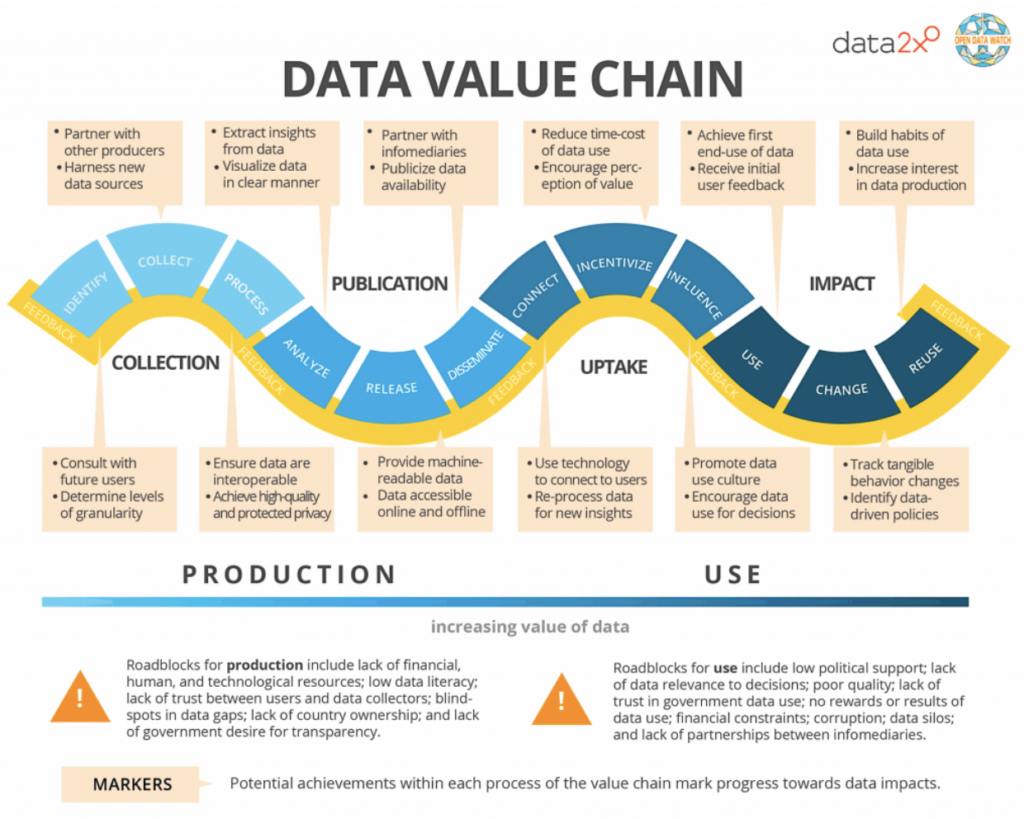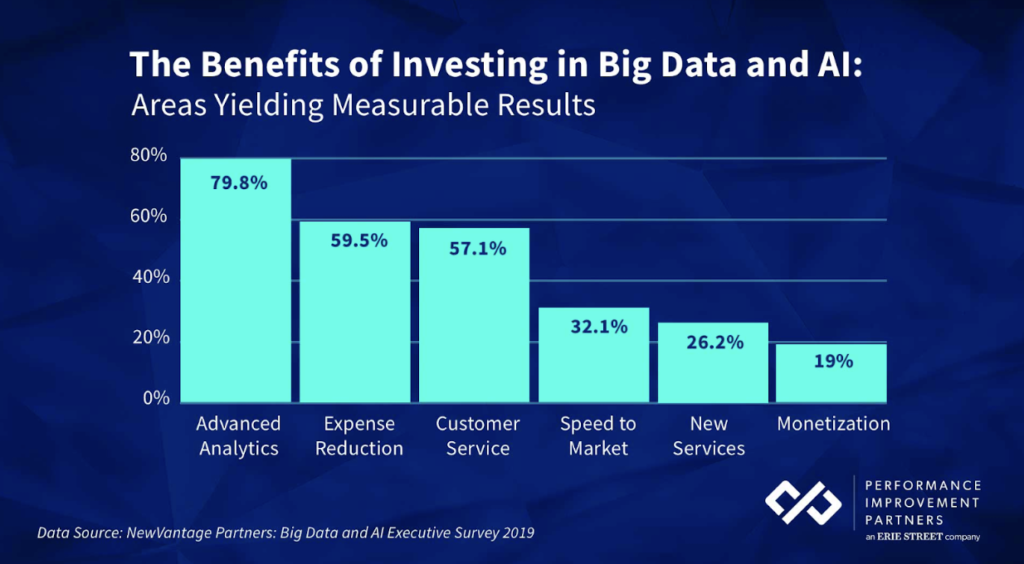Introduction
Data value maximization typically refers to the process of extracting the maximum possible value from data through various techniques such as data analysis, data mining, and machine learning. The goal is to gain data insights, identify patterns, and make informed decisions that can lead to improved business outcomes, better customer experiences, and increased success and revenue.
To maximize the value of data, organizations need to have a clear understanding of their data sources, data quality, and the business questions they are trying to answer. They also need to have appropriate tools, systems, and technologies to help them process and analyze data effectively.

Why is it Important to Maximize Value of your Data
In today’s data-driven world, maximizing the value of your data is essential for a competitive advantage, effective data management, and achieving business success.
Competitive Advantage
Maximizing the value of your data can give you a competitive advantage. By processing raw data to gain actionable insights and make better decisions, you can stay ahead of the competition and manage risk by responding quickly to the changing market.
Increased Efficiency
By using data to optimize your operations, you can increase efficiency and reduce expenses. High-value data can be used to optimize production processes, improve inventory management, and streamline supply chain operations.
Better Decision-Making
By maximizing the value of your data, you can gain actionable insights that help you make better, informed decisions. Data can help you identify patterns and trends that are not immediately apparent through advanced analytics and processing.

4 Ways to Maximize the Value of your Data
Align Analytics with Business Goals
More closely aligning data analytics with the organization’s business goals is a key aspect of data strategy in generating more valuable data. Data analytics need to be used effectively to solve real business problems, and cases that are business-specific to a particular organization.
This strategy helps the entire organization see the value and potential of data across various functional areas and business units because the data is driving clear results that are understandable in business terms. Starting with the business problem, developing a business case, and following up on it is pivotal to uncovering the value from the data.
Incorporate machine learning and AI
Due to recent trends: the rise of big data, the lack of data experts, and the need for fast data, the incorporation of AI and machine learning is an effective way to increase the value of a company’s data.
Big Data
First, big data refers to extremely large and complex sets of data that are generated from various sources. It is characterized by its volume, velocity, and variety. Big data analytics is often used to identify patterns, trends, and insights that may be difficult to identify through traditional data processing methods. However, this data means nothing if we can’t turn it into meaningful information. With AI and machine learning tools, data can be processed effectively, maximizing its value.
Lack of Data experts
Second, there is a huge lack of data experts within the business industry. Although data has grown, data analytic skills and data analysts have not kept up. In fact, there has been a global shortage of data scientists.
Need for Fast Data
Third, we have a growing need for fast data. Businesses need insights quickly, and can’t afford to wait around. Slower data may result in slow business operations, success, and cost organizations much money.
Combined, these trends are the driving force behind a huge business intelligence trend: the rise of artificial intelligence. AI and machine learning tools can help us understand complex relationships within data, and utilize predictive analytics to make more precise, nuanced decisions.

Leverage Cross-Functional Partners or Teams to Improve Data Accuracy
The creation of a cross-functional team, such as the analytics team, can help improve data accuracy which in turn maximizes the value of your data. The analytics team should be in regular collaboration with business users to help ensure value through higher-quality data. Additionally, these cross-functional teams can also incorporate business users into their team to better understand customer needs and services. Partnering closely with business teams in your organization creates an added layer of protection for data accuracy, which improves how both the data and business teams leverage the data they see.
When more teams are looking at the same data, there are more eyes to spot errors or issues, which is an effective form of risk management. The close partnership also ensures that the data team builds business intuition to better understand the practical applications of the data they manage.
Update your Operating Model and Measure its Success
With the increased use of data, companies need to move toward becoming insights- and data-driven organizations. Having a data-driven operating model creates a far greater probability of success and enables organizations to see value from their data analytics faster — with a clearer path and vision of how to achieve their goals.
The data, through the insights, will power the decision-making process. Through the new operating model, the people within the organization will be motivated to change behaviors to ensure business success, and the value of the data will be achieved at a faster pace.
A necessary framework and model are necessary for a company to recognize the value of a particular insight or data. A strong framework can help organizations assess their current progress, make adjustments, and optimize the way they are tracking toward their data analytics goals.
Conclusion
Data value maximization is becoming increasingly important in today’s data-driven world, where organizations are collecting and analyzing vast amounts of data to gain insights into customer behavior, market trends, and business operations. By following these tips, you’ll be able to ensure that your data value is maximized and used to its fullest potential, allowing you to make data-driven decisions for your business to succeed.

